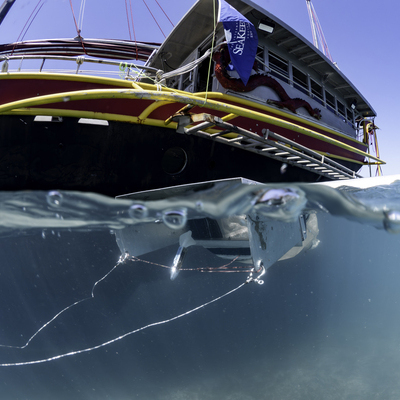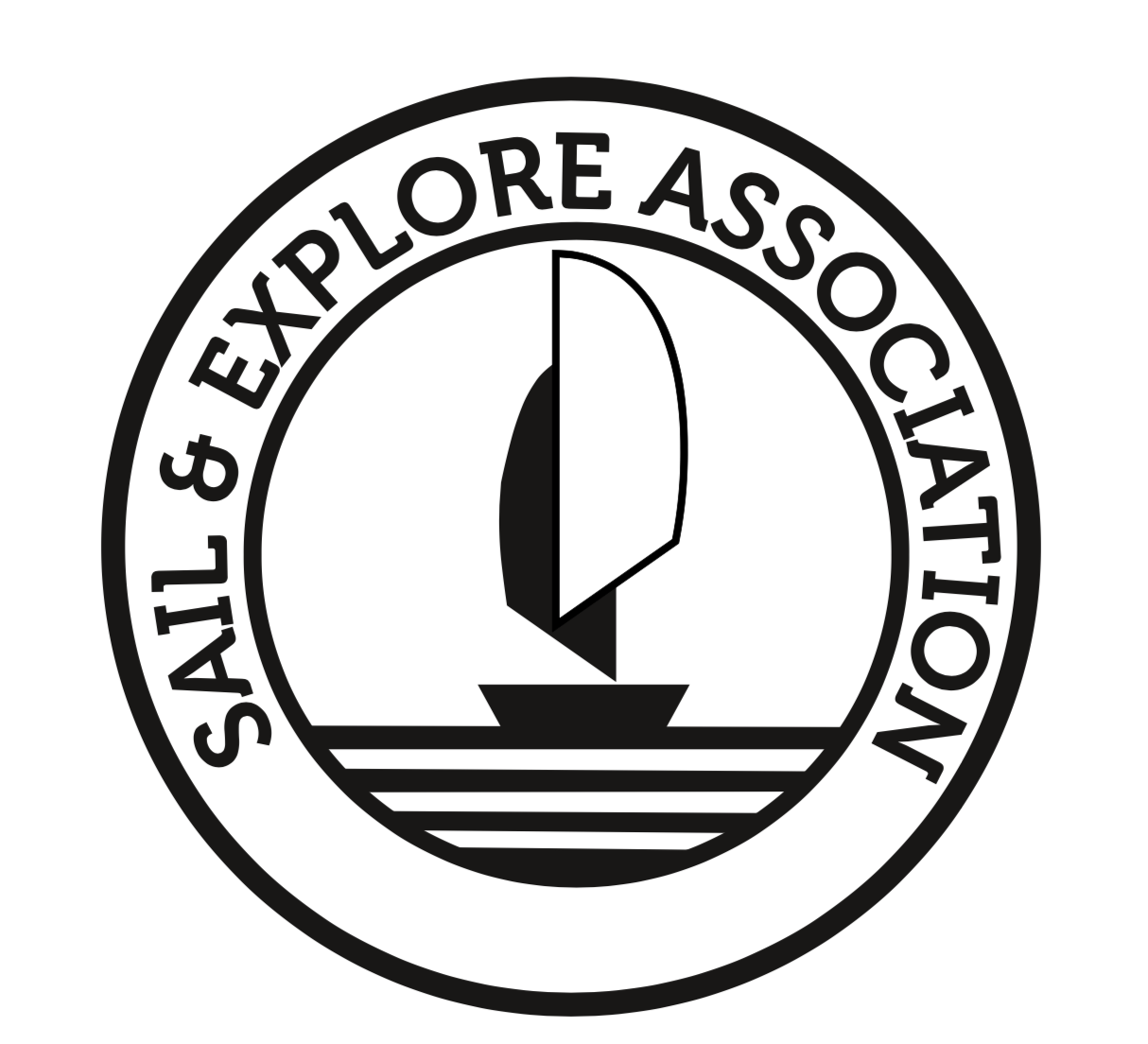Microplastics Sampling with Sail & Explore
DISCOVERY Vessel Seeker
Key West, Florida
March 15 - 22, 2025
Program Overview
Every year approximately 400 million tons of plastic waste are being produced which can then end up in the environment, where they become brittle and break down into micro- and nanoplastic particles. Exact numbers on the prevalence of smaller-sized microplastics (below 0.3 mm) and their potential impact on the environment and human health are missing. When plastics are taken up by marine and aquatic organisms, this can lead to their malnutrition, inflammation, reduced fertility, and mortality. Microplastics are well-known to travel up the food chain, where submicron-sized plastic particles (< 0.3mm) can accumulate in a greater number of species; moreover, lab research has shown that submicron-sized plastics can be taken up passively by cells in human tissue and transported throughout the human body. Up to now, there is only very sparse knowledge on the occurrence and cumulative effects of submicron-sized plastics in the environment, on marine life, and specifically how they may affect human health.
Microplastics in the Florida Keys:
The approximately 1,700 mangrove-fringed islands of the Keys provide important nursery habitat for commercial and recreational fish species, as well as above-water nesting grounds for vibrant bird populations. Furthermore, the Keys are a major producer and supplier of all the seafood consumed in Florida. Up to now, research around Florida showed that a high amount of fish specimen (1) and sea cucumbers (2) are contaminated with microplastics. However, there is no data available that focuses on submicron-sized plastics found in the waters and seafood such as mussels around the Keys.
- https://nsuworks.nova.edu/hcas_etd_all/96
- Marine Pollution Bulletin 158 (2020) 111437
Application
This study aims to detect, capture, and analyze microplastics at sizes as small as 0.05 mm, providing a comprehensive assessment of plastic contamination in a high-traffic marine ecosystem. The results will contribute to the NOAA database on floating plastic pollution and inform ongoing research on the impact of microplastics on marine life and human health.
By characterizing contamination levels in a popular tourist and fishing region, this research will also help identify risks to seafood consumers and guide mitigation measures with local stakeholders. Findings from this expedition will support future monitoring programs and collaborations on microplastic pollution in U.S. waters.
Expedition Summary
From March 15–22, 2025, researchers from Sail & Explore Association conducted a microplastics survey in the Florida Keys National Marine Sanctuary in collaboration with the National Marine Sanctuary Foundation aboard DISCOVERY Vessel Seeker. The team deployed a modified Manta Trawl system 14 times to collect surface water samples, specifically targeting ocean plastic particles between 50–300 micrometers and those larger than 300 micrometers. Sampling efforts spanned from Sugarloaf Key to the Dry Tortugas, covering both inshore and offshore waters.
The team also deployed Citizen Science equipment from PlanktoScope three times, capturing images to contribute to a global plankton database.
Location
Florida Keys National Marine Sanctuary
Duration of Project
Sail & Explore began sampling for micron-sized and smaller ocean plastic particles in 2018. This is their first expedition sampling in the United States.
Research Team
- Haley Stein - Inland Ocean Coalition
- Bill Brick - PlanktoScope's Citizen Scientist
- Jonathan Hilliard - Sea Scope Inc
- Cortney Benson - National Marine Sanctuaries Foundation
- Whitney Wemett - The Surfrider Foundation
- Samantha Romanick PhD - Inland Ocean Ambassador & University of Rochester




You must be logged in to post a comment.